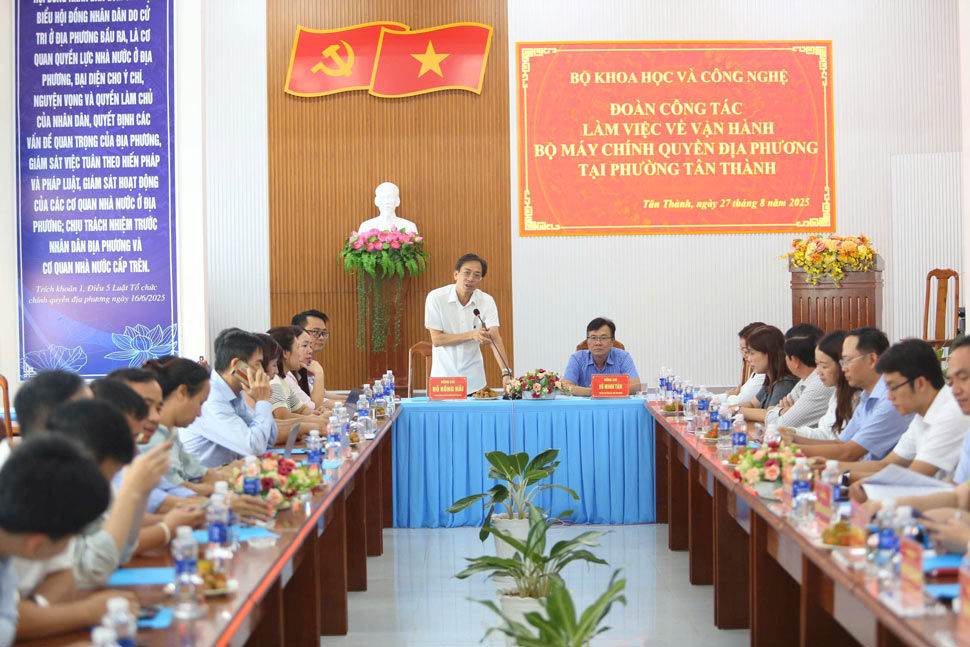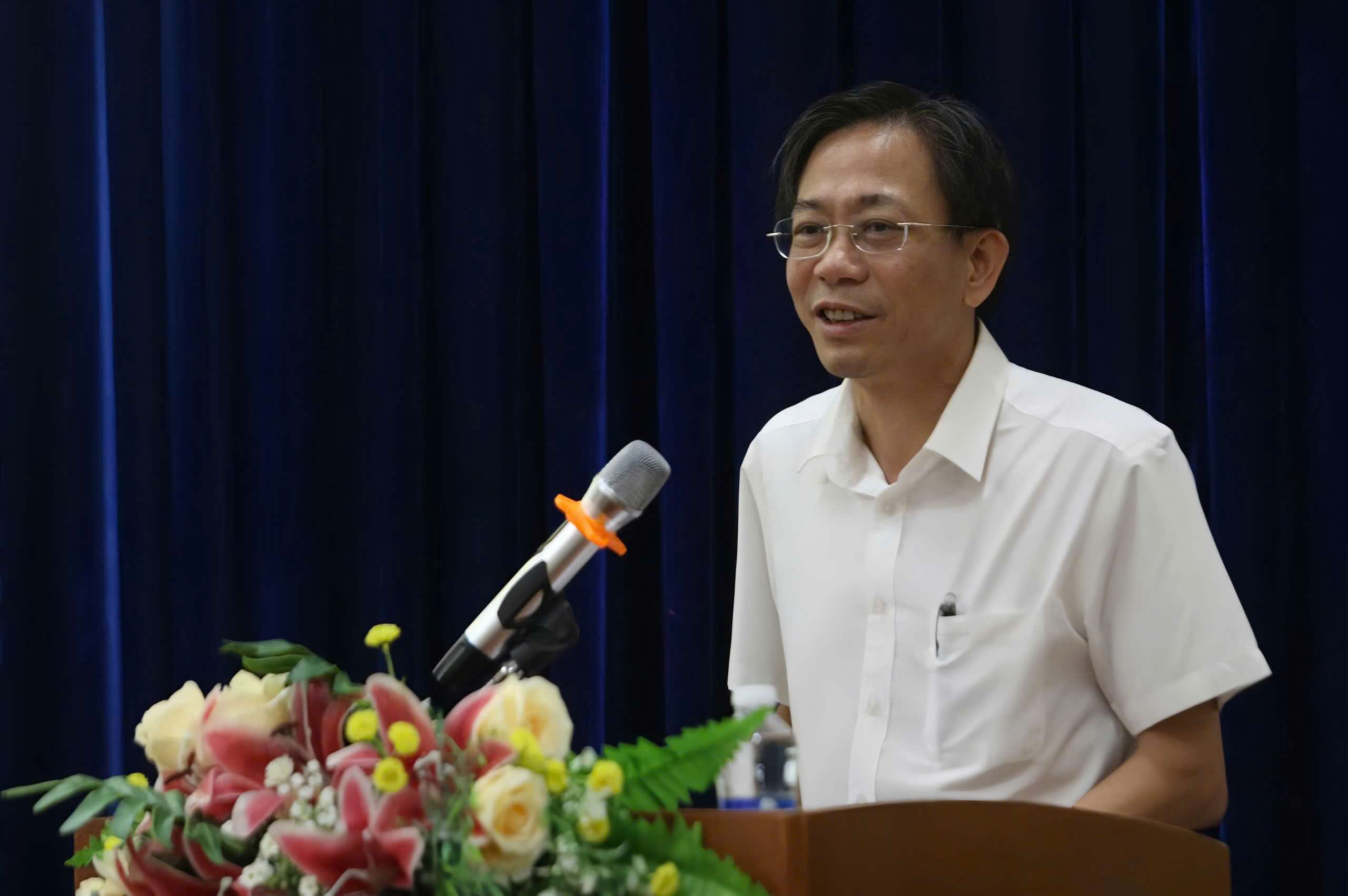
Infrastructure is not yet synchronous, remote areas are still in a state of disarray
12 working groups of the Ministry of Science and Technology worked in 34 provinces and cities from August 12 to 29, 2025 to evaluate the implementation of two-level local governance and perform the task of decentralization, delegation of authority, and division of authority in the field of science and technology. The results show many efforts of the locality, but also revealed a series of difficulties in infrastructure, human resources and legal mechanisms.
Informing Lao Dong, Mr. Ho Hong Hai - Deputy Director of the Legal Department, Ministry of Science and Technology, in nearly half a month of work, the working groups have recorded many positive results. Specifically, 381 administrative records in the fields of: quality measurement standards, intelligence ownership, nuclear radiation safety, radio frequency, telecommunications, post and industrial park have been resolved on the spot. 100% of provinces and cities have completed connecting specialized data transmission networks to the commune level, many localities have achieved a file digitalization rate of over 90%.
However, unsynchronized technical infrastructure is a prominent issue. In many newly merged communes and wards, the information technology system is still broken, old equipment, data connection to the National Public Service Portal often has errors. The situation of signal cavities and white waves is still common in remote areas, causing the implementation of e-government to be uneven. The database system still has problems when connected, such as VNeID, civil status, or radio frequency management software.
Lack of human resources and legal mechanisms are still stuck
Another major challenge is the shortage of specialized human resources. Many localities, especially at the commune level, do not have cadres in charge of information technology and digital transformation. The staff assigned to handle specific areas such as intellectual property, measurement, and telecommunications lacks experience and has not received in-depth training. This directly affects the effectiveness of handling administrative procedures.

Limited budget resources also slow down the implementation progress. In the 2026-2030 period, many provinces have difficulty allocating capital for digital infrastructure; at the same time, there is a lack of guidance in making estimates and using science and technology career resources for digital transformation activities at the commune level.
In addition, the legal mechanism has not kept up with practical requirements. Some decrees and circulars are still slow to be amended, lacking detailed instructions in the fields of intellectual property, radiation safety and human resources for digital transformation. The regulations on decentralization of authority of the Provincial People's Committee in licensing and management are also not suitable, causing problems when implementing at the grassroots level.
Faced with this situation, the Ministry of Science and Technology recommends that the Government soon have a mechanism to support the target budget, while including IT infrastructure in the medium-term public investment program. Along with that, there should be a policy of prioritizing training and allocating IT staff to mountainous provinces and remote areas to overcome the shortage of cadres. The Ministry also proposed to perfect the legal mechanism to allow receiving "ad administrative boundary" records and enhance connectivity and data sharing between ministries and branches.
For its part, the Ministry of Science and Technology continues to guide and train local officials on information technology, digital transformation, artificial intelligence, as well as professional skills in decentralized fields. The Ministry is developing a National Digital Architecture framework for version 2.0 and a framework for assessing digital transformation efficiency, and at the same time recommending recognition of the legal value of electronic records and digital signatures.
In addition, the Standing Team and the Online Support Team 24/7 will continue to be maintained to promptly resolve problems for the locality. The goal is to perfect a comprehensive online public service, personalized based on data, bringing more convenience and transparency to people and businesses.










